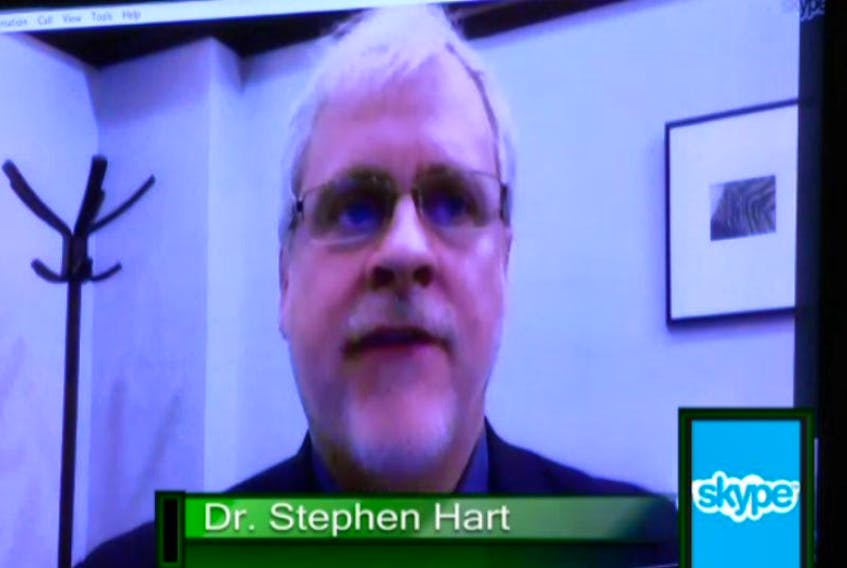They include Smyth going to Dunphy’s home, to follow up on comments made by Dunphy on Twitter.
Stephen Hart is a professor at Simon Fraser University, a consultant and an expert in threat assessment by police officers, particularly those assigned to protective details. He said there is a distinct difference between a “threat assessment” and “personal risk assessment.” He said the formal threat assessment for a protective detail would not be the same as a situation-based assessment of risk and the Dunphy case requires consideration of both.
Essentially, the latter assessment would have been at play throughout Smyth’s attempted interview of Dunphy on the day, in regards to safety concerns, but the need to complete a full threat assessment would have led the police officer to Dunphy’s home in the first place.
Hart said it would not be unreasonable for a full threat assessment to be developed over the course of multiple interactions with an individual in person-to-person interviews. The threat assessment as it relates to Dunphy was just beginning at the time of his untimely death.
Dunphy was shot and killed by Smyth in his home in Mitchell’s Brook in April 2015. Smyth has said the man pulled a gun on him and he was forced to defend himself. Smyth was part of the force’s Protective Services Unit at the time and, according to Hart, travelling out to Dunphy’s home, in an unmarked vehicle, to follow up on the comments made on Twitter would not have been unreasonable.
Under questioning, Hart told the inquiry the tweets Dunphy issued were not threatening in and of themselves. However, he said, “dramatic language,” direction of comments toward specific politicians, reference to actions including tarring and feathering, and allusions to death within the text, would collectively warrant the followup.
The tweets were “statements of concern,” Hart said. Determining whether or not there was any real threat was a next step.
Hart was sought out by Smyth’s lawyer Jerome Kennedy and asked if he would review the case for the inquiry. Kennedy has issued objections to some of the language used in relation to Smyth and his assessments within an upcoming expert report, from Terry Coleman and Mike Massine, who are expected to take questions at the inquiry Wednesday.









